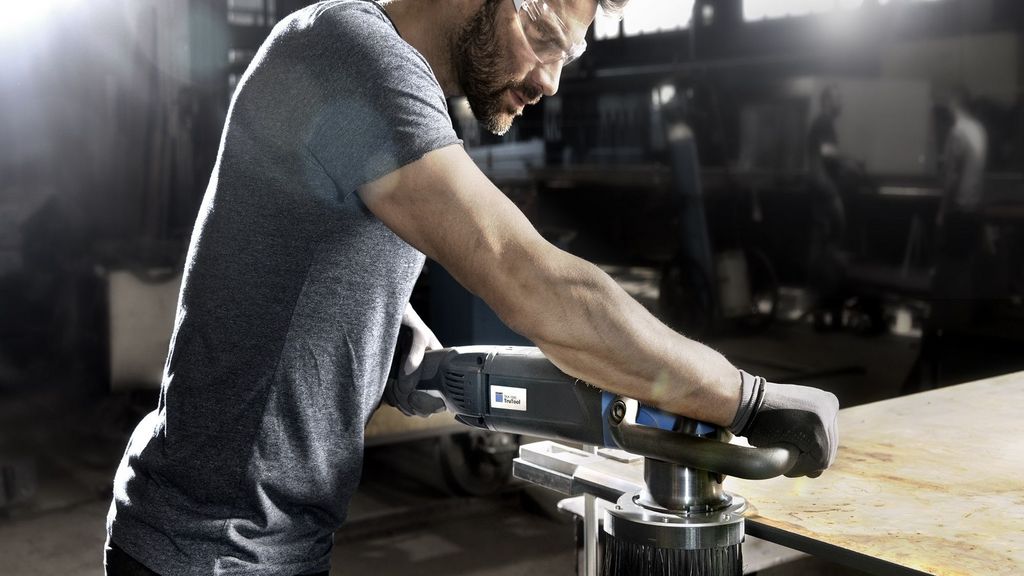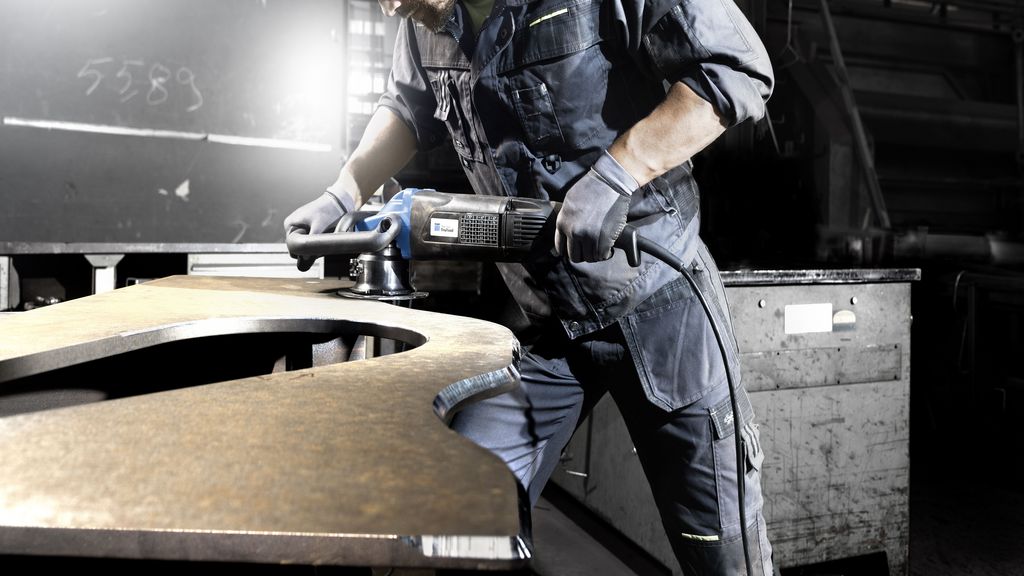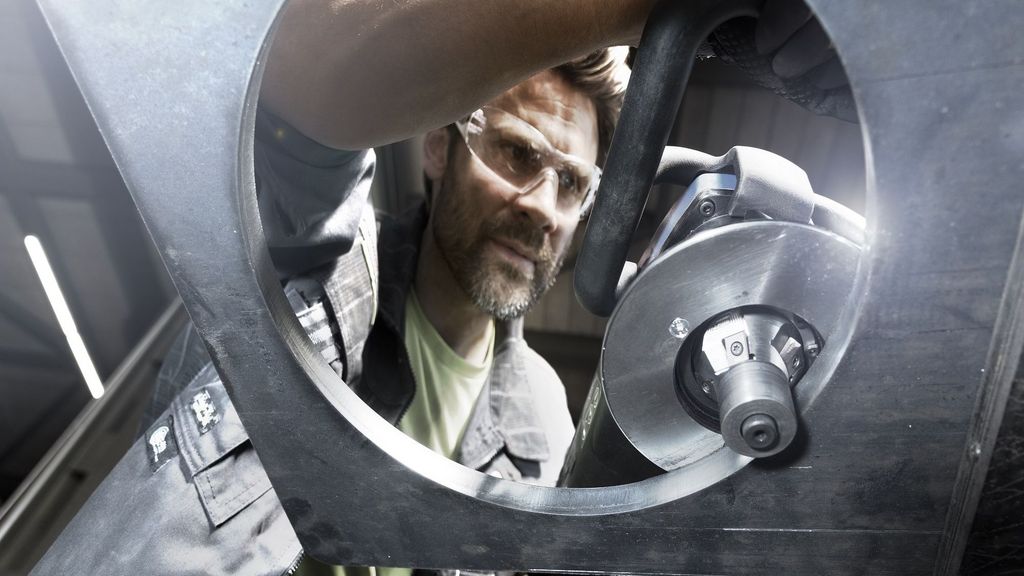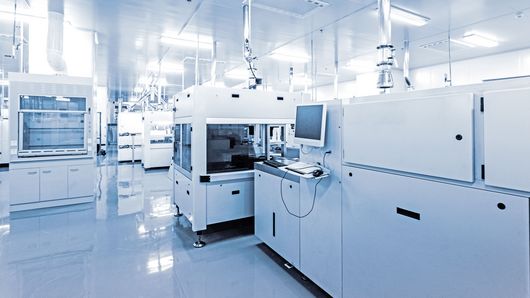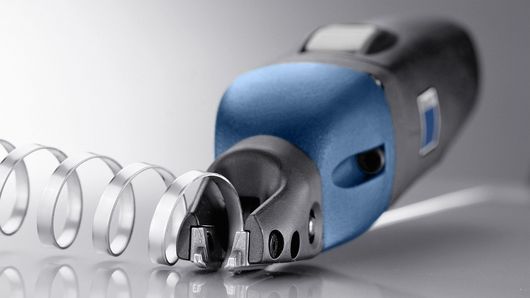The guide handle has proven to be particularly helpful in practice. This example has a very low position, just nine centimeters from the work surface. The guiding hand is therefore close to the machining surface, minimizing the tilting moment and allowing you to optimally guide the machine. The handle shape, size and positioning are perfectly matched to each other and ensure safe and balanced machine guidance. One example of extra support is the insertion aid, mainly used for processing large and long sheet metal. This also substantially reduces effort while preventing kickbacks and ensuring safety.
For uncompromisingly good edges
Our deburrers are being used in industries such as steel and metal construction, tank and equipment engineering, vehicle construction, shipbuilding, railways/cableways and pipeline construction, with a diversity of end products being produced. These include sheet metal cladding and design elements (handrails, displays, etc.), for subsequent coating with powder and paint, as well as standard steel substructures with welded components.
How does milling work?
Deburrers use rotating milling heads to produce oxide-free chamfers. The machine does not require clamping into the workpiece, just simple guiding along the edges. An impeller guides the machine. The heat generated during milling is absorbed by chips. Surface structures then remain the same with no unevenness. Milling depth settings are fixed during a task and guarantee a dimensionally accurate and consistent chamfer length. Post-processing is unnecessary.
Advantages of milling
No kickbacks




